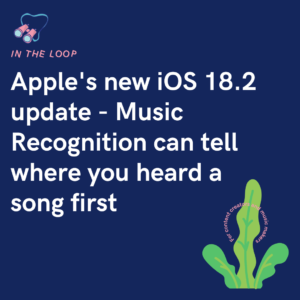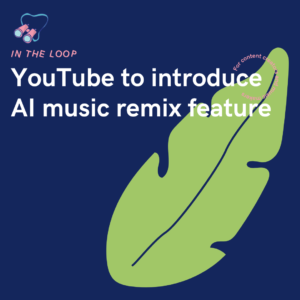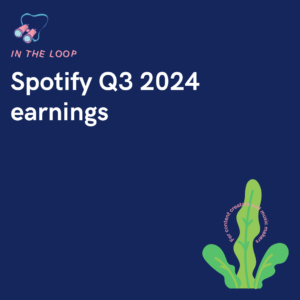With the US debating over the ban of TikTok completely, the video platform has stepped up their game. They’ve introduced a new system which will identify AI content straight away.
In the midst of debates over the future of TikTok in the US, the popular video-sharing platform is intensifying its efforts to combat misinformation. A new initiative has been launched to automatically identify and label AI-generated content (AIGC) uploaded from select platforms. Marking another milestone in TikTok’s ongoing battle against false narratives.
Previously, TikTok’s strategy primarily focused on tagging AIGC produced within its own ecosystem. Utilising its unique effects. Now, TikTok has forged a partnership with the Coalition for Content Provenance and Authenticity (C2PA), making it the pioneer in employing Content Credentials technology. This innovation automatically flags AIGC.
Of which, is sourced from external platforms by embedding metadata within the content. TikTok underscores that this move is pivotal in bolstering transparency and empowering users to discern AI-generated content. Thereby combating the spread of misinformation online. This latest endeavour builds upon TikTok’s existing framework.
This framework is for labelling AIGC generated using its in-house effects, which was introduced back in September 2023. The newly introduced feature concentrates on identifying images and videos crafted with AI tools outside of TikTok, with plans to extend labelling to audio content in the near future.
TikTok’s thoughts behind AI content
TikTok’s rationale behind this initiative is to mitigate potential confusion or deception stemming from AI-generated content. By labelling such content, the platform aims to provide crucial context for viewers. TikTok emphasises its commitment to transparency, highlighting its previous efforts in requiring creators to label realistic AIGC and developing user-friendly tools.
In addition to integrating Content Credentials, TikTok is aligning itself with the Content Authenticity Initiative (CAI), spearheaded by Adobe, to foster broader industry acceptance of transparent content labelling practices. TikTok asserts its position as the first video-sharing platform to implement Content Credentials.
While the initial rollout of labelling may be gradual, TikTok anticipates a surge in automatically labelled AIGC as more platforms adopt similar practices, further reinforcing transparency standards across digital spaces. Dana Rao, General Counsel and Chief Trust Officer at Adobe, commends TikTok’s commitment to transparency and authenticity.
Emphasising the significance of providing tools for the public to discern genuine content amidst a landscape where digital alterations are prevalent. Beyond labelling efforts, TikTok is prioritising user education by collaborating with media literacy organisations like MediaWise and WITNESS. These partnerships aim to equip users with the necessary skills.
Skills to navigate media content effectively, particularly in deciphering AIGC. TikTok’s educational initiatives include launching campaigns and developing informational videos in collaboration with these organisations throughout the year. Through these concerted efforts, TikTok seeks to empower its global community of creators and users.







